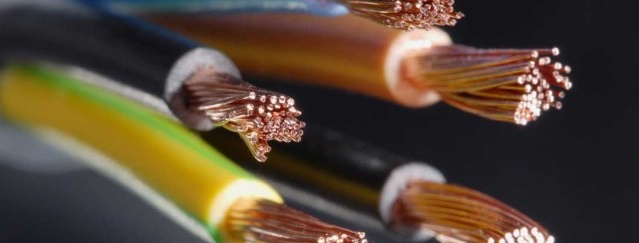Shredding channels for electrical wiring
Strobing walls for electrical wiring is to make channels in them, into which cables of hidden wiring are laid. Strobes are made in various ways, the choice among which is made depending on the wall material and the ability to get / use specialized tools. Strobing is done only after disconnecting and removing the old wiring.
Markup
The very first and necessary attribute. Directly on the wall, mark the location of the gate for the socket, switchboard and duct. Next, mark the direction of the channels. Here you must be guided by the following rules:
- Strobes are made at the rate of 25 mm in depth and in breadth.
- the maximum length of one stroba is 3 meters.
- Strobes pierce parallel / perpendicular to the walls of the room. Diagonal wiring is not allowed.
- strobes break through the shortest paths that correspond to the previous paragraph.
- the distance from the horizontal gate to the junction of the wall with the ceiling / floor may not be less than 150 mm.
- the location of the vertical gate from the window / doorway cannot be less than 100 mm. if the stroba passes near the gas pipe, then a distance of 400 mm should be maintained.
In prefabricated houses, horizontal strobing of load-bearing walls is not permissible, with cutting of load-bearing reinforcement. Also in such houses it is forbidden to ditch the floor and ceiling. If you got to the reinforcement during the gating, and the depth is not enough, you will have to plaster the wall, or use gypsum.
Instruments
The best option if you can borrow or rent a wall chaser (wall saw or furrower) with a construction vacuum cleaner. A device specially designed for this purpose. Quickly, cleanly and safely make neat strobes. The only drawback of this device is the price, due to which it is impractical to purchase it for a single or intermittent operation.
Bulgarian with a diamond disk. One of the most economical and quick options. Makes relatively straight strobes, requires two passes on each of them. The main disadvantages are a large amount of dust, the inability to withstand the same depth of the stroba along the entire length, the risk of injury.
Hammer drill. The benefits are cheap and virtually dust free. Disadvantages - long, noisy, uneven.
Hammer and chisel. The same punch, only by hand. They are used only for breaking small strobes, mainly in plaster.
And finally, no matter what method you choose to cover the walls, do not forget about safety measures. Safety goggles, gloves and suitable work clothes have never been a hindrance to work.



